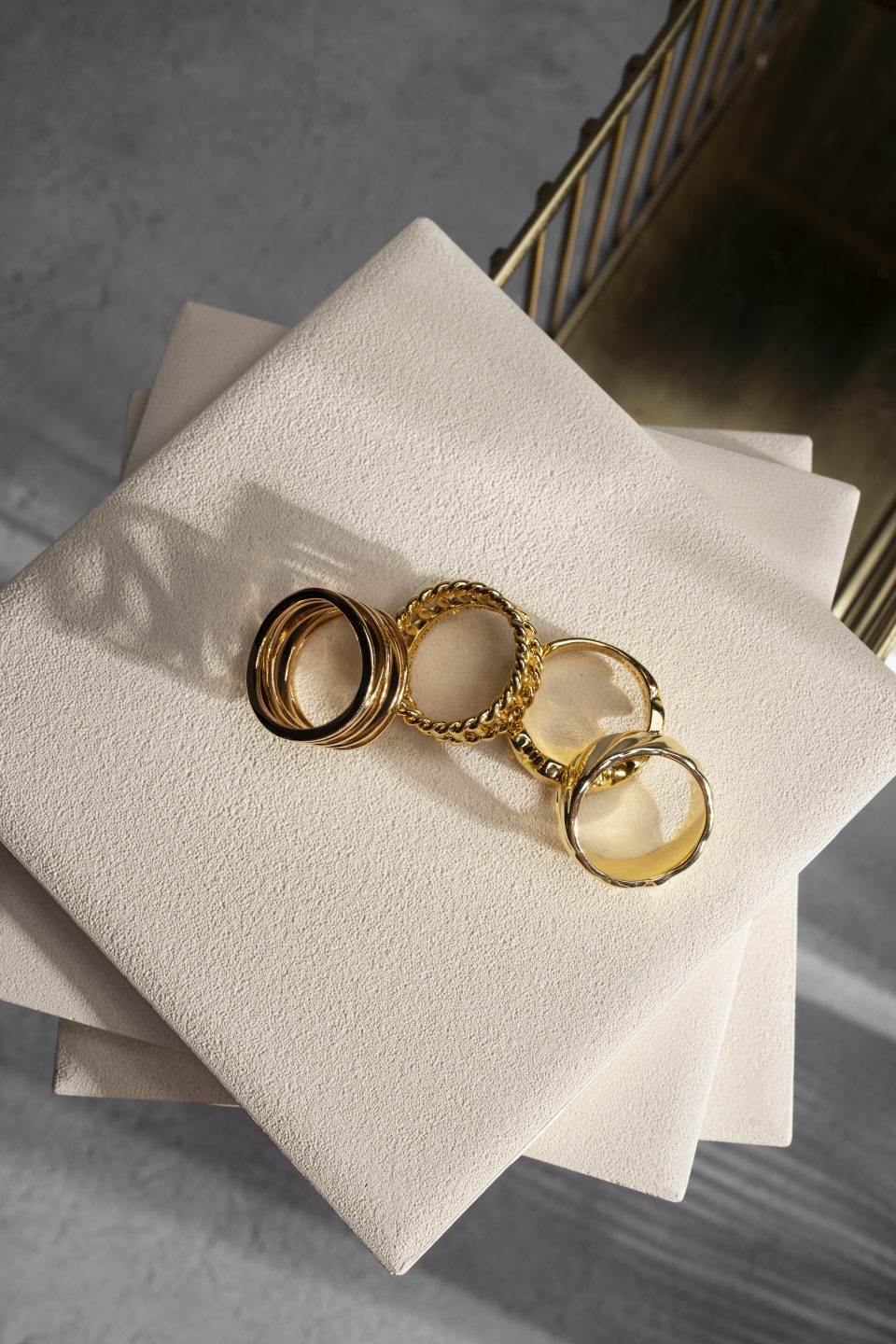Diamonds have long been celebrated for their unparalleled beauty and timeless allure. However, the journey of these precious gems from the depths of the Earth to the glint of a ring has often been marred by ethical and environmental concerns. Enter lab-grown diamonds—a revolutionary alternative that combines the magnificence of diamonds with modern values of sustainability and ethics.
What Are Lab-Grown Diamonds?
Lab-grown diamonds, also known as synthetic or cultured diamonds, are diamonds created in controlled laboratory environments using advanced technological processes. These processes replicate the natural conditions under which diamonds form in the Earth’s mantle, resulting in diamonds that are chemically, physically, and optically identical to their natural counterparts.
History and Development
The quest to create diamonds in a lab began in the mid-20th century. Early attempts focused on high-pressure, high-temperature (HPHT) methods, mimicking the intense conditions found deep within the Earth. Over the years, technological advancements have refined these methods and introduced new ones, such as Chemical Vapor Deposition (CVD), making it possible to grow diamonds with remarkable precision and quality.
How They Are Made
The HPHT process involves placing a diamond seed in a chamber with carbon and subjecting it to extreme pressure and temperature. The carbon crystallizes around the seed, forming a diamond. The CVD process, on the other hand, involves placing a diamond seed in a chamber filled with carbon-rich gas. The gas is ionized, causing carbon atoms to deposit onto the seed and grow into a diamond layer by layer.
Comparison with Natural Diamonds
Lab-grown diamonds share the same chemical composition, crystal structure, and physical properties as natural diamonds. They exhibit the same brilliance, hardness, and sparkle, making them virtually indistinguishable from mined diamonds to the naked eye. Advanced gemological equipment is often required to tell them apart.

